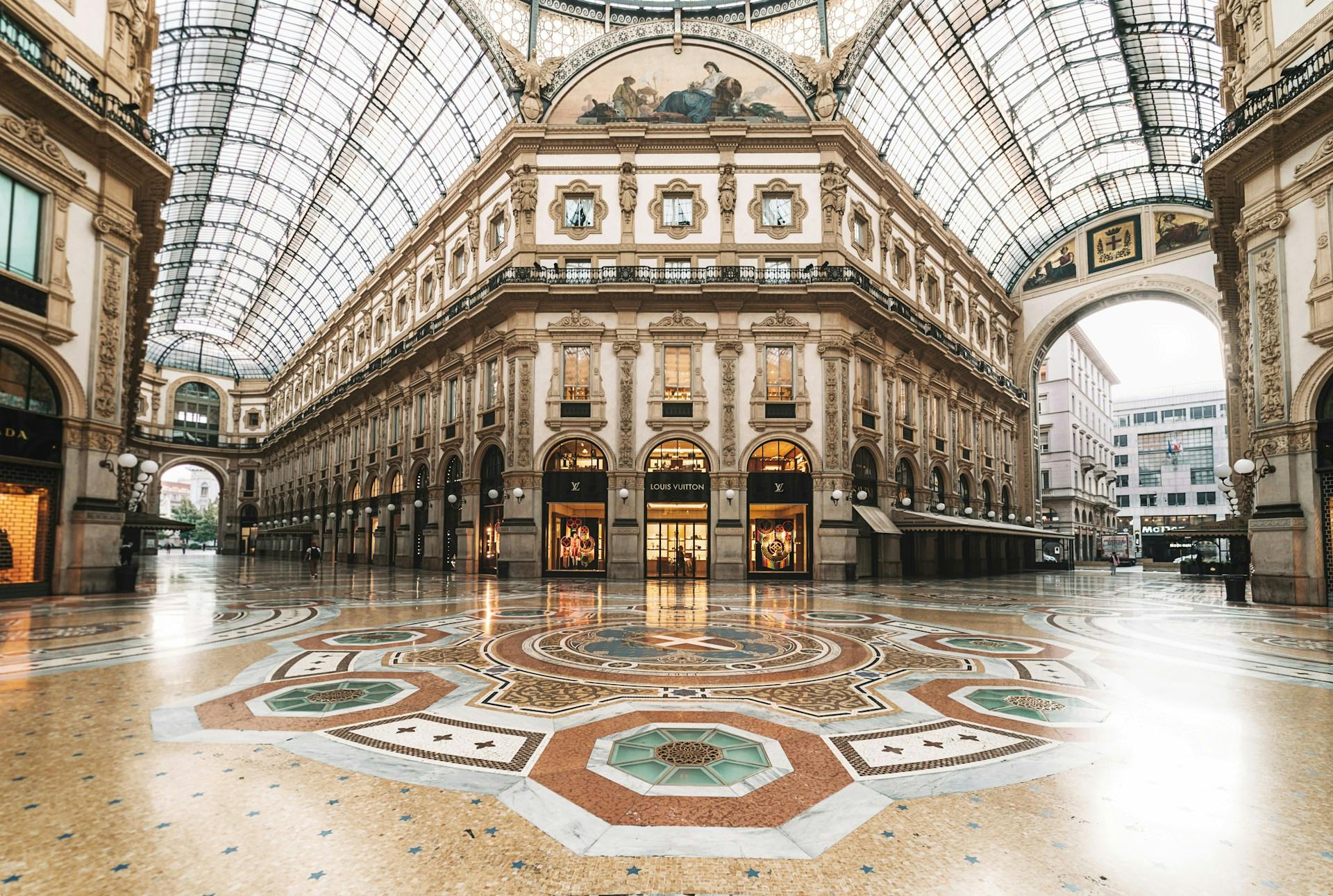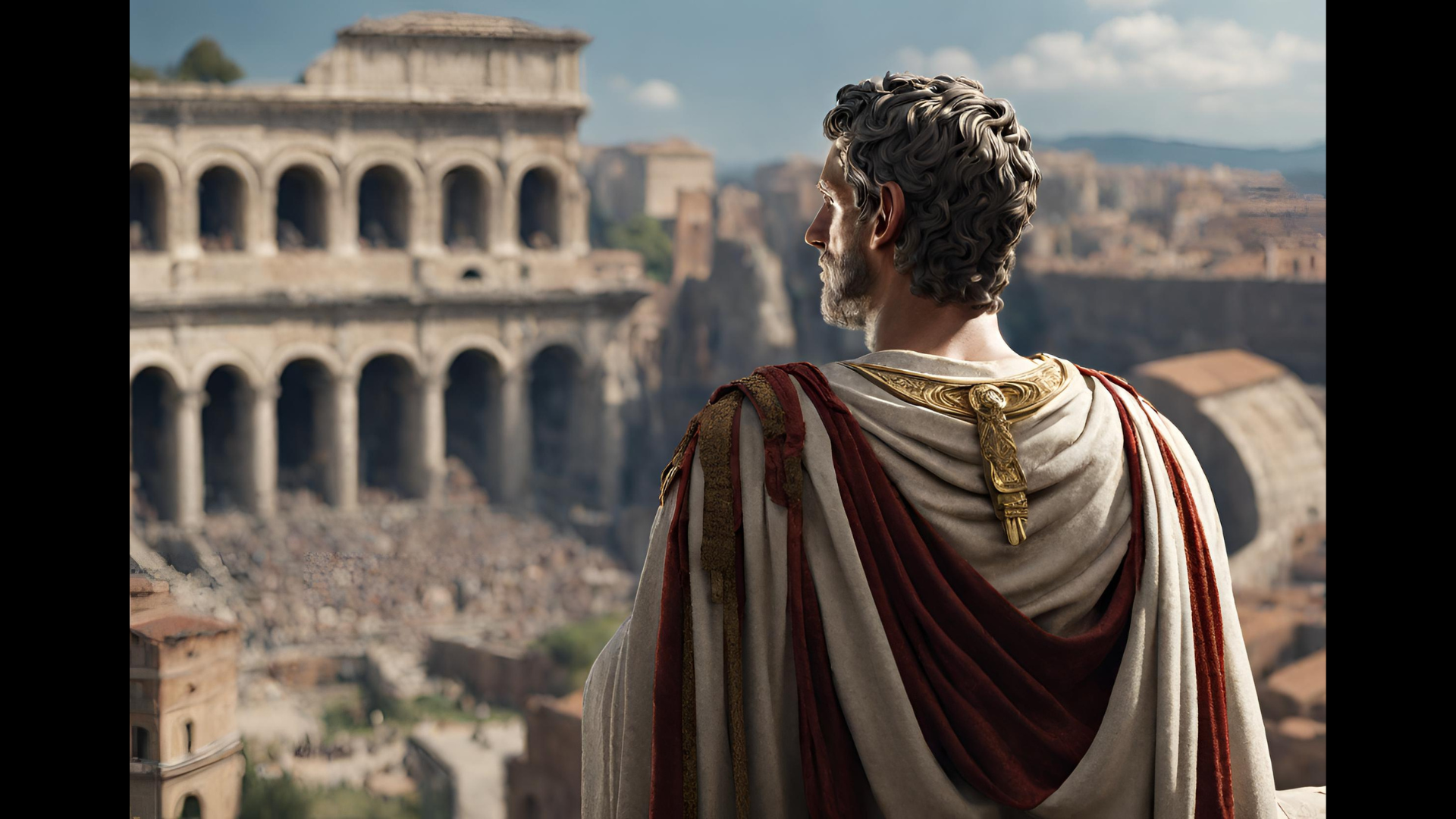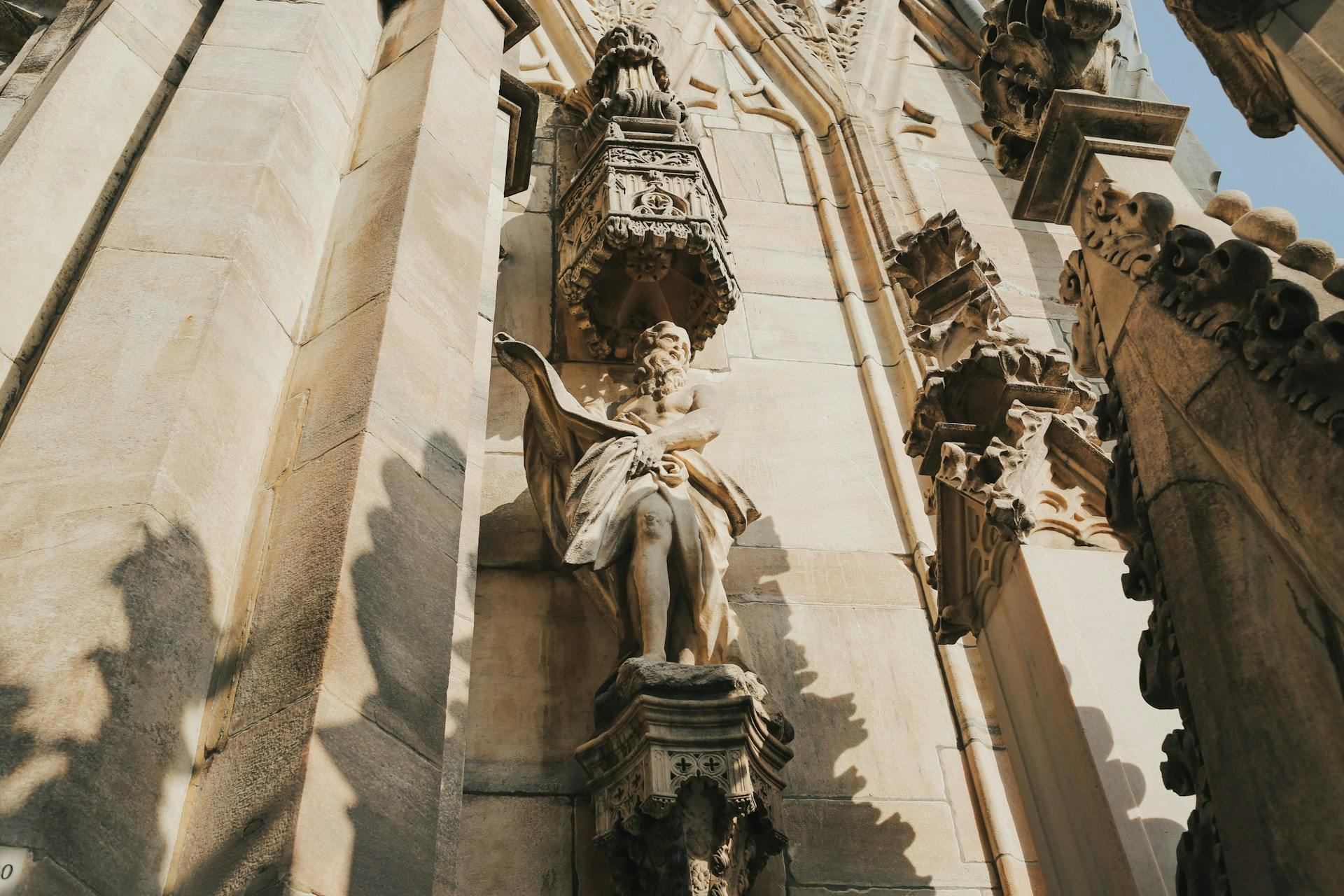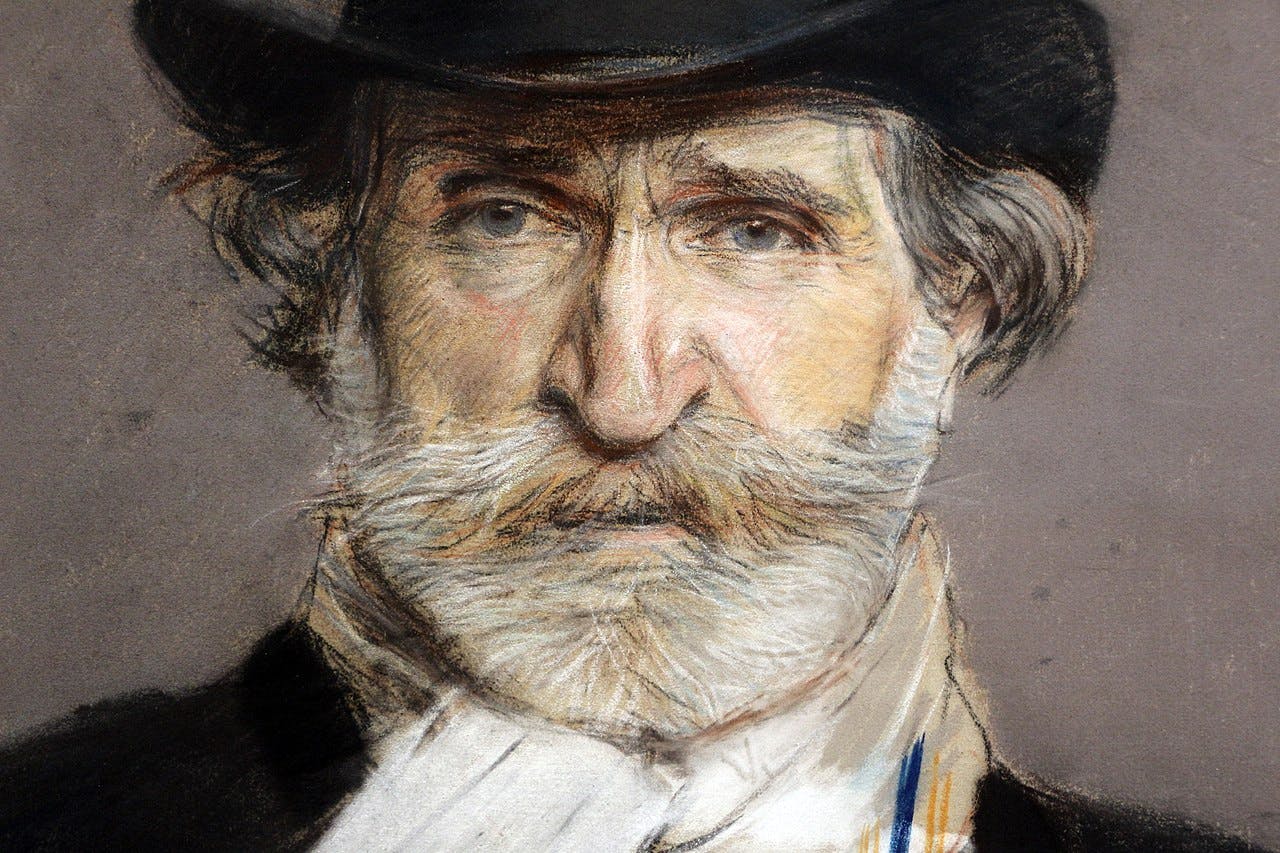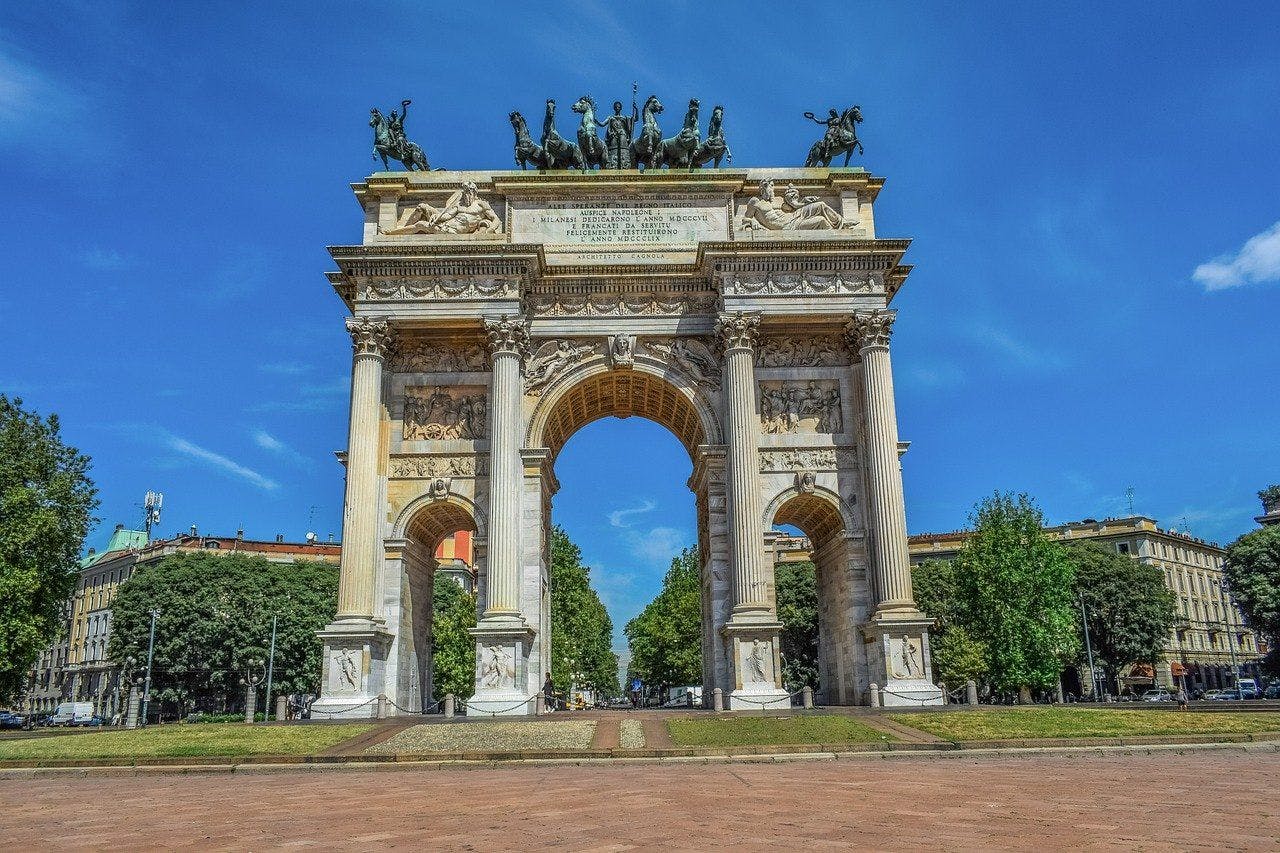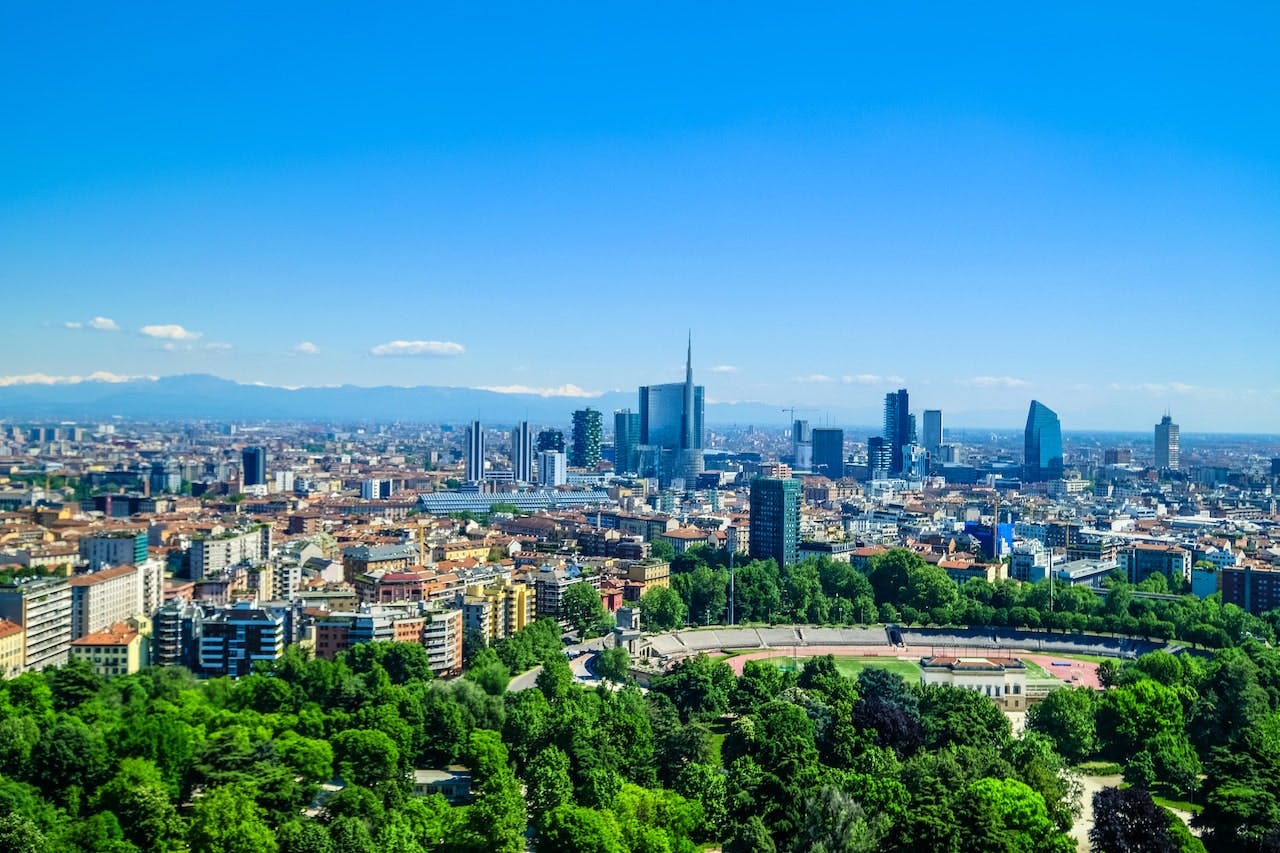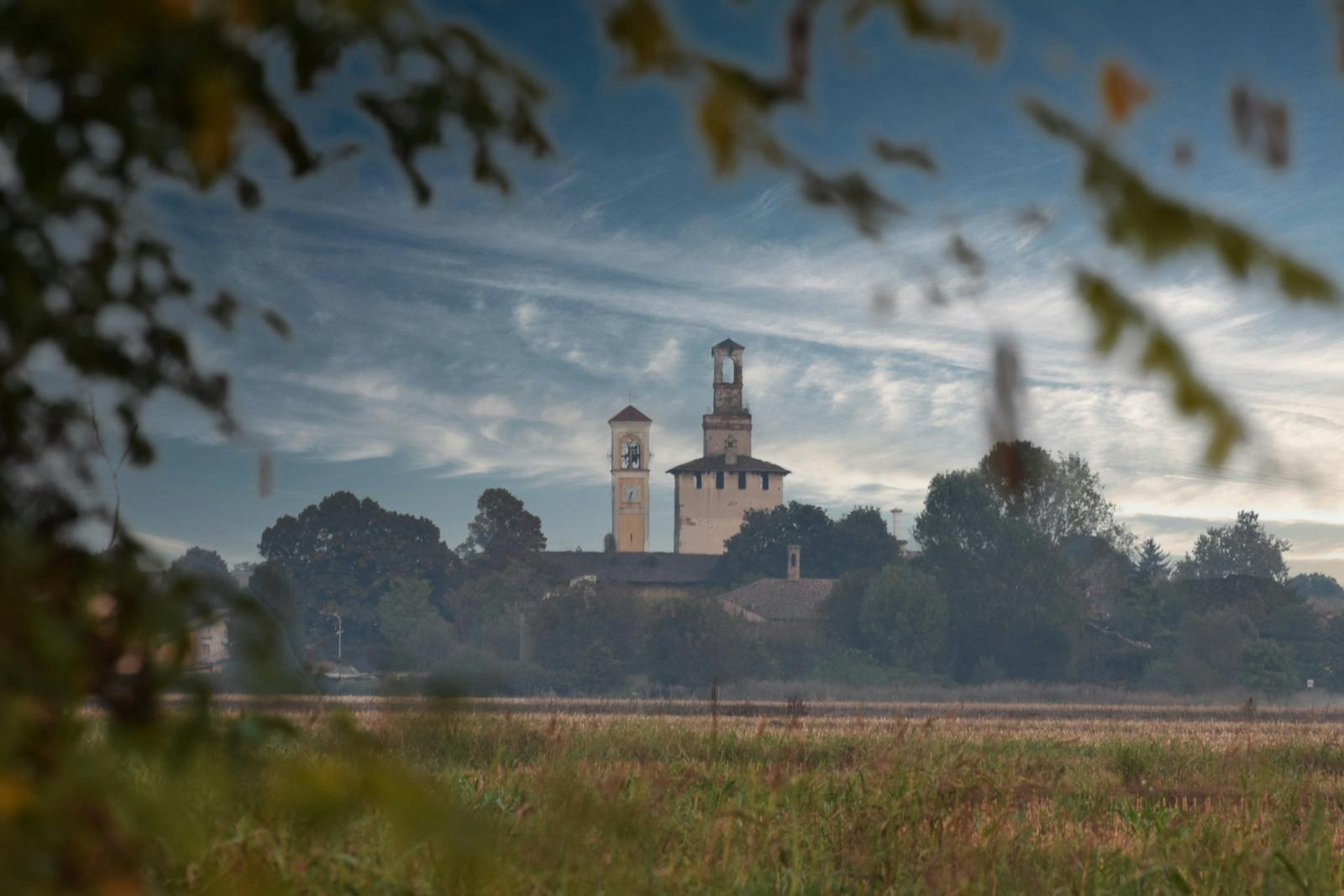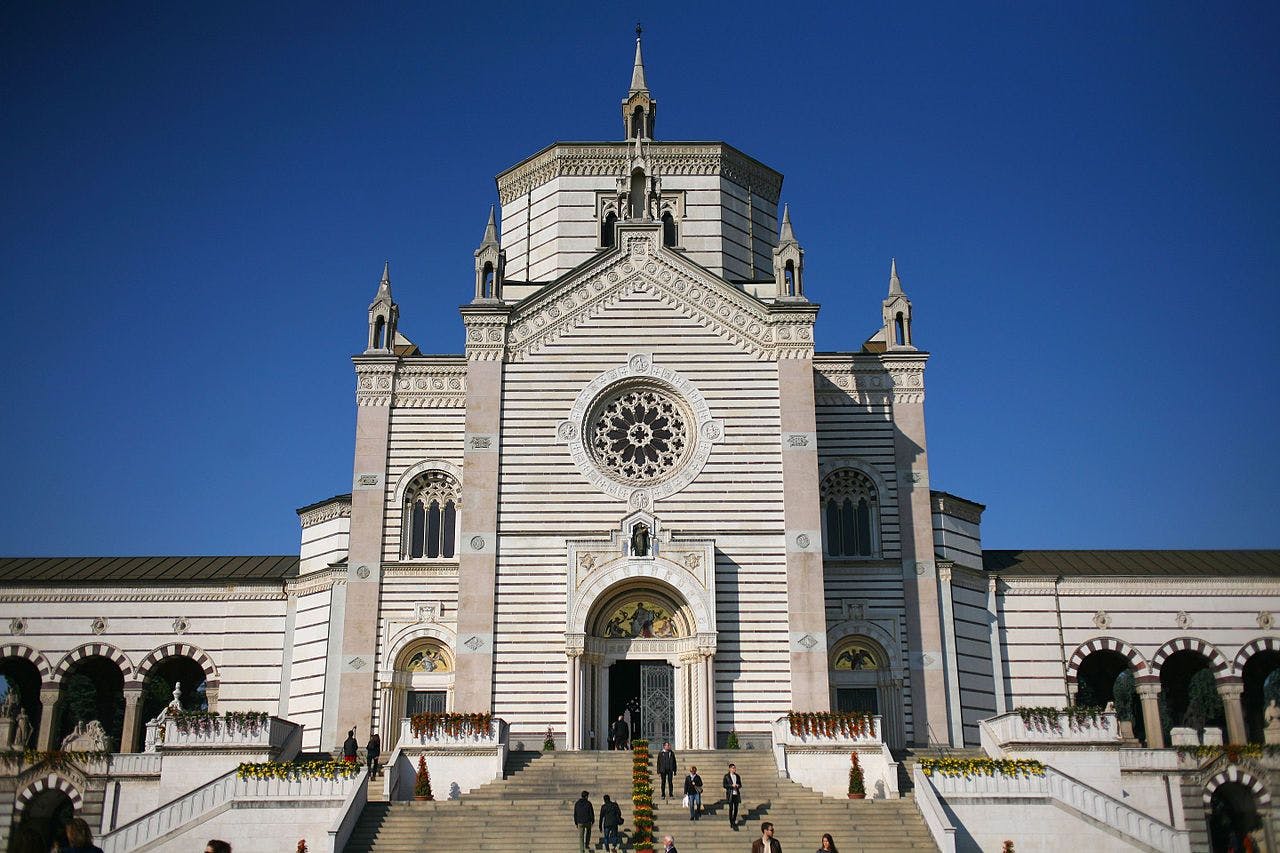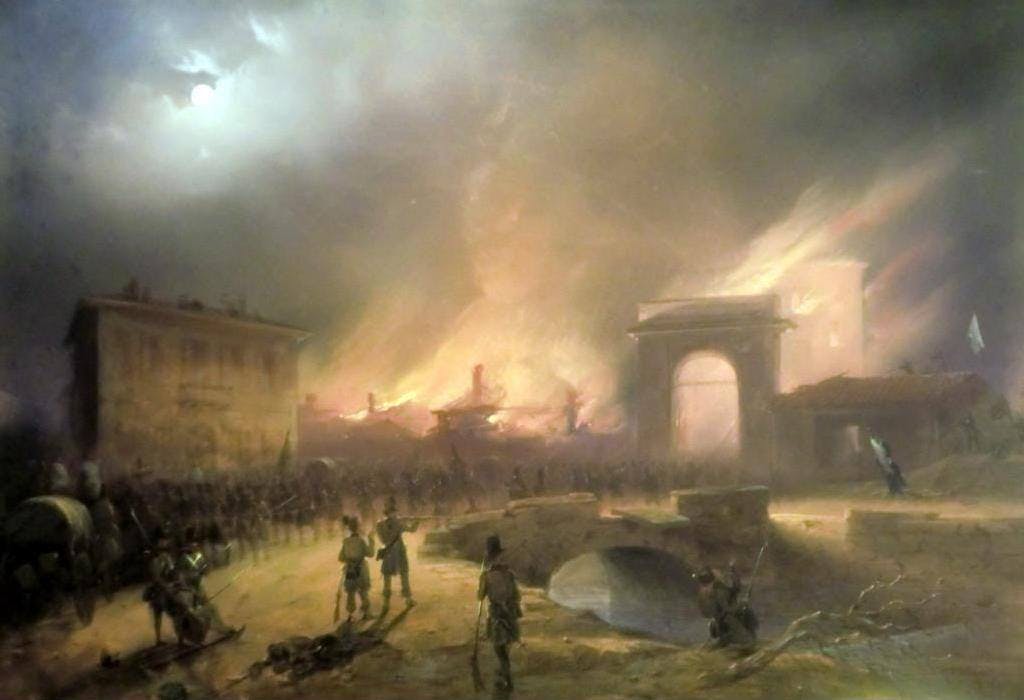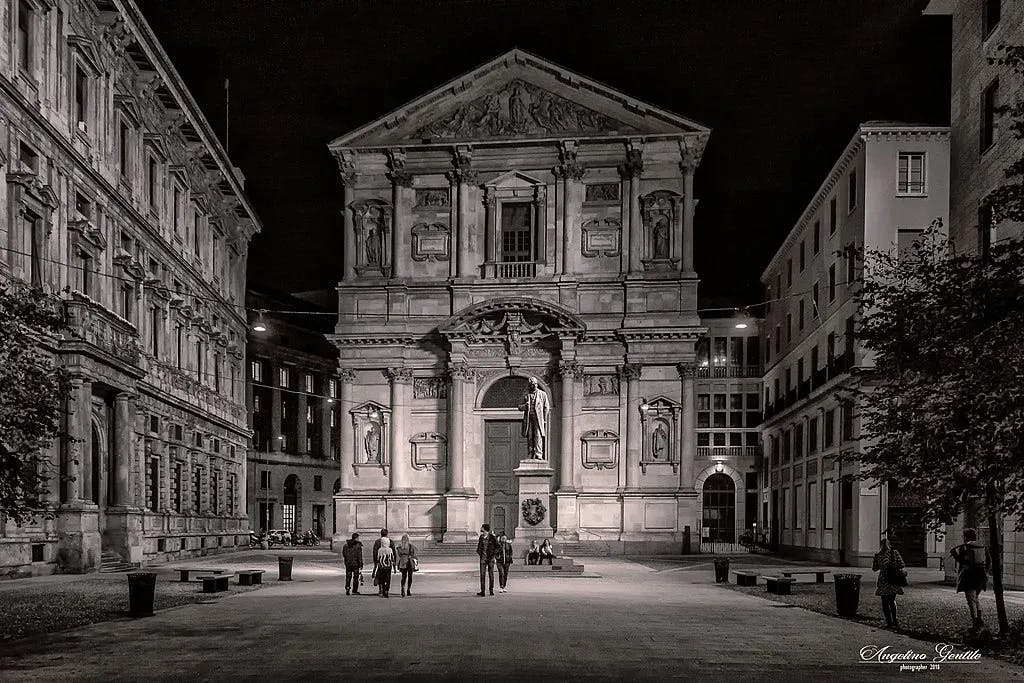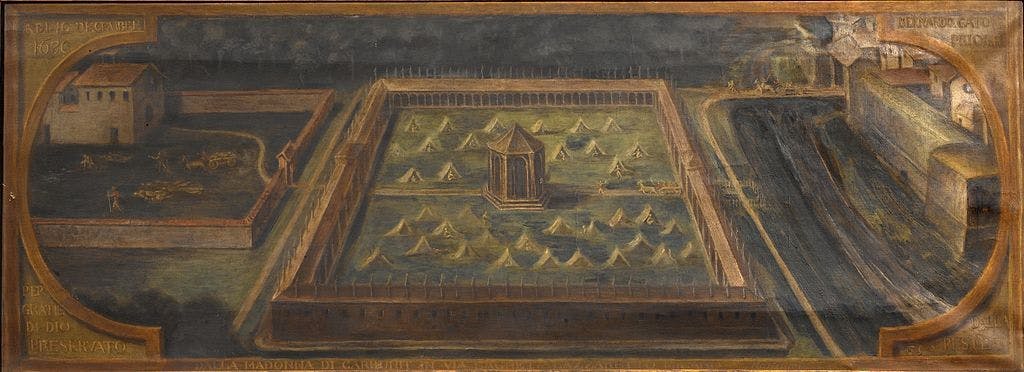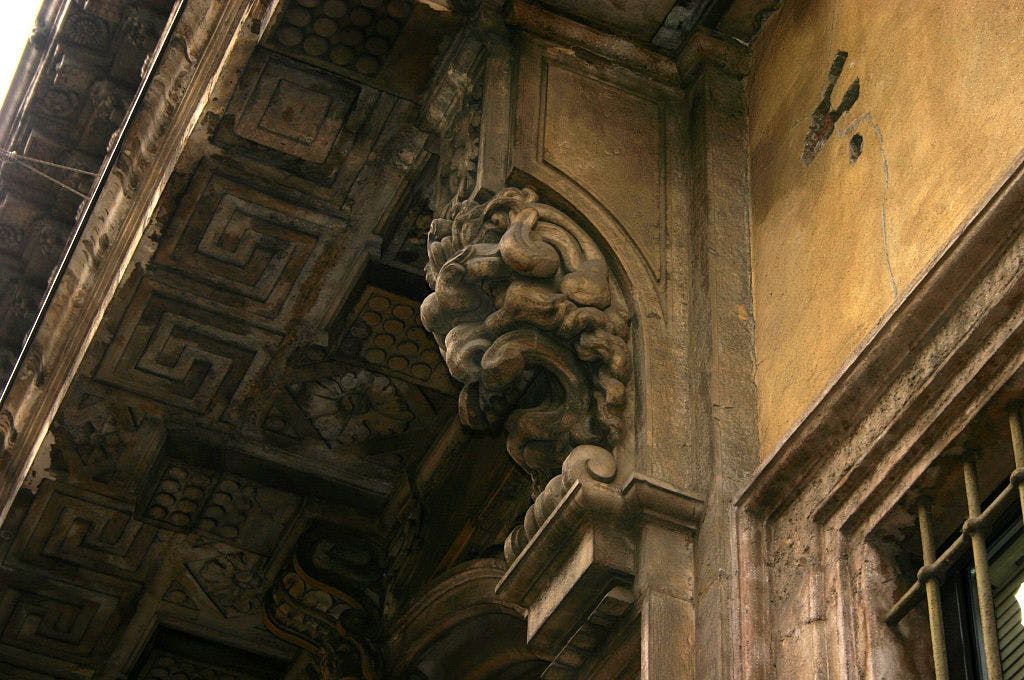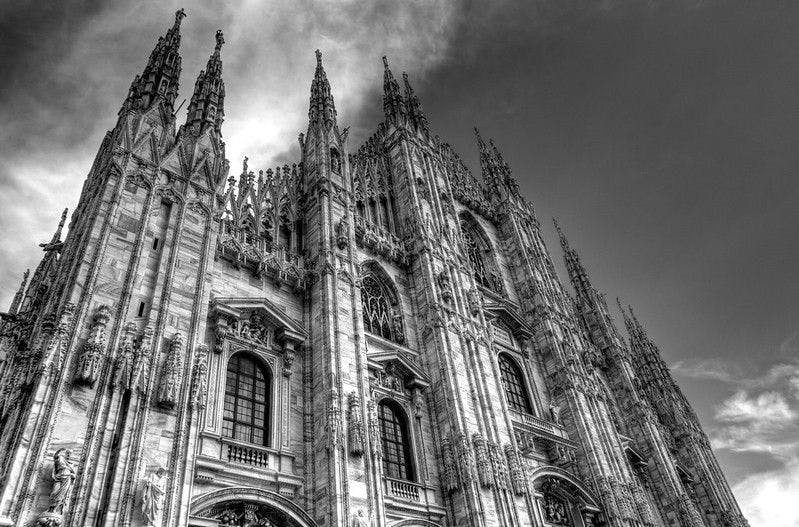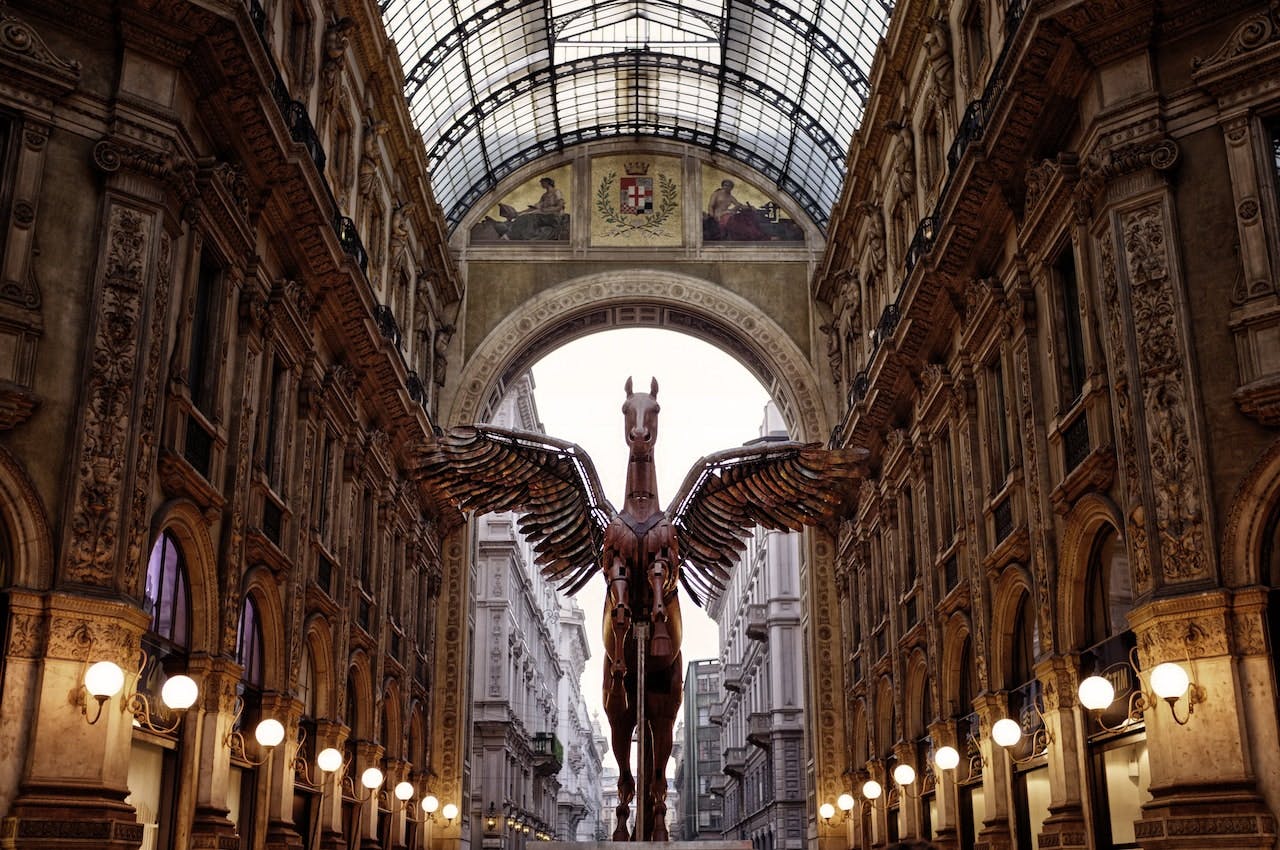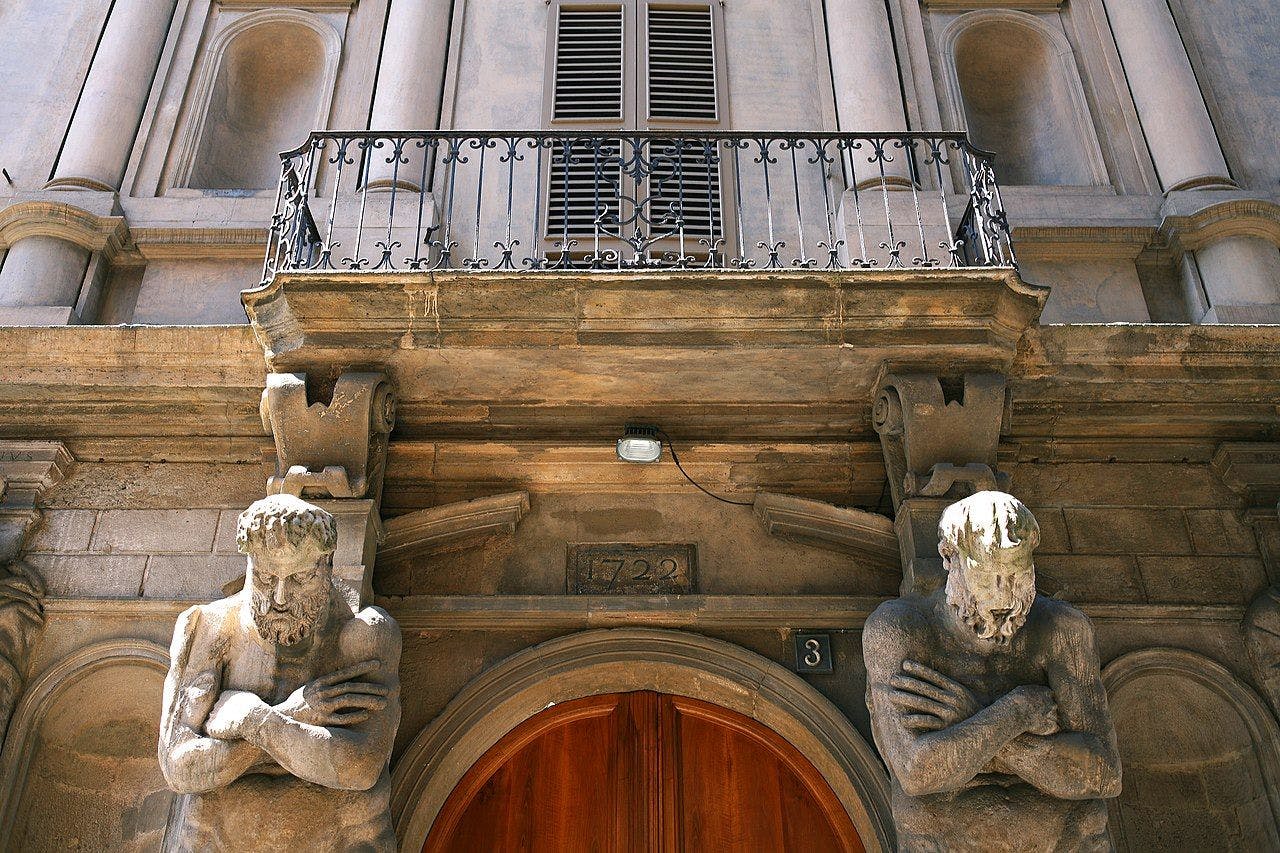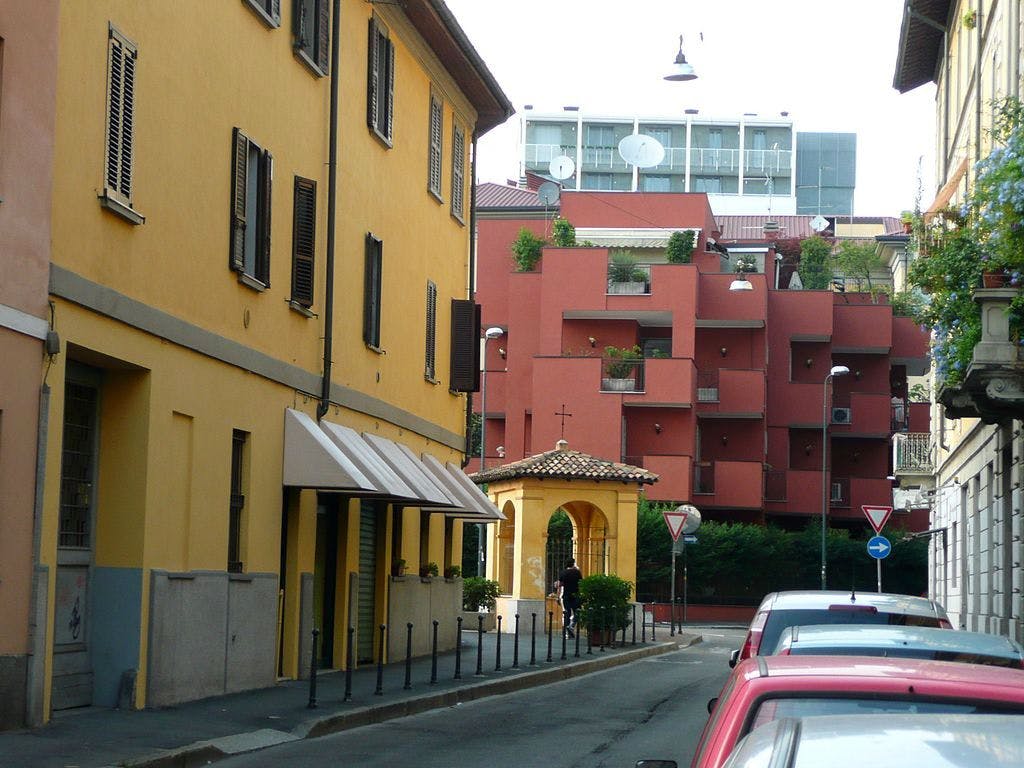Story
•
Behind San Satiro’s architectural secret
Discovering the visual deception created by the renowned Renaissance architect Donato Bramante
By
Ptolemy
The space behind the transept, the traverse part across the main body of the building, was occupied by the ancient medieval district ”Contrada del Falcone”, now Via Falcone, so the building site was restricted to a short length.
Bramante brilliantly solved the problem. By creating reliefs and mouldings, he painted them to form a perspective joint that simulated a space equal to the arms of the 9.7 meters transept in 97 centimetres depth.
Visitors looking frontally at the altar from the central aisle are deceived by this game of depth, but as they get closer, it is possible to see the ‘trick’ intended by the artist.
What was an initial architectural problem is now the church’s main curious feature, making it a unique example of its kind.
Ptolemy
All our content is conceived and written by our editorial team, consisting of students and recent graduates in Cultural Heritage, Ancient and Medieval History, and Arts.
Last updated on March 7, 2023
